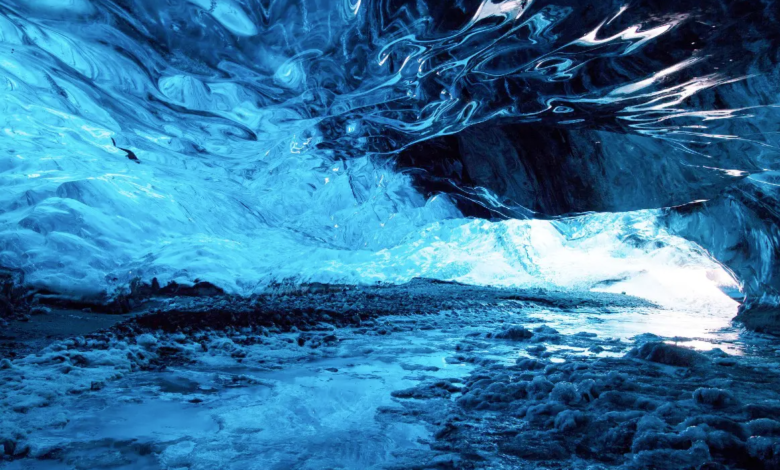A hidden river accelerates the melting of the Antarctic ice sheet
The Antarctic polar cap region where it flows can lift the global seas by more than 4 meters
(sustainabilityenvironment.com) – A river 460 km long and buried under thousands of meters of ice. Powered by a portion of Antarctic ice sheet as large as France and Germany together. And capable of accelerating its fusion more than expected. It is the “unexpected” discovery of a team of researchers from Britain, Canada and Malaysia just published in Nature Geoscience.
An important discovery because it helps to shed light on one of the even less known aspects of the South Pole: what happens at the base of the Antarctic polar cap. The quality of the anchoring of ice to the underlying rock affects the speed of the flow towards the ocean, while the presence of water also affects the speed of melting of the glacial mass.
How much water there is in general under the frozen shield of Antarctica, how it accumulates, and what dynamics trigger, however, is still to be studied. “When we first discovered the lakes under the Antarctic ice a couple of decades ago, we thought they were isolated from each other. We are now beginning to understand that there are whole systems down there, interconnected by vast river networks, just as they could be if there were not thousands of meters of ice above them,” explains Martin Siegert of Imperial College London, co-author of the article. The study shows for the first time that the melting water present at the South Pole is sufficient to feed real rivers.
Read also Farewell to Arctic sea ice, by 2050 North Pole without cap in summer
Not only. Understanding more precisely how the presence of this river helps to better estimate the melting speed of the overlying ice. “The region on which this study is based contains an amount of ice that raises the sea level globally by 4.3 meters. The amount of ice melting and its speed are related to the slipperiness of the ice base. The newly discovered river system could strongly influence this process,” Siegert continues.






